Lam Communal House (Lam residential group, Tan Thanh town, Thanh Liem district) is located in the East of the residential group, facing the Southeast overlooking the open fields, on the land of "left Thanh Long, right Bach Ho". To the East of the communal house is Kinh Thuy river originating from Bau Cuu lake, winding through in front of the communal house, to the West of the communal house are Hang mountain, Thap mountain; to the North are Coi mountain, Do mountain. According to the sources of documents currently preserved at the relic and the Provincial Museum as well as through the stories of the local elders, Lam residential group worships 5 gods including: 3 gods worshiped at the communal house: Duc Binh Thien Dai Vuong; Hong Mai Princess; Duc Ban Canh and 2 gods worshiped at the temple: Son Tinh Princess (Cua Hang temple), Bach Hoa Princess (Cua Chua temple). These are all gods who contributed to the people and the country in the early period of nation building.
Lam Communal House was built on a large scale, imposing with a flat layout in the shape of the Chinese character "nhi" consisting of 2 buildings with 8 compartments. Although it has undergone many renovations, the current architectural work still retains the traditional style of the nation. The Communal House also preserves many valuable worship objects and artifacts, dating back hundreds of years, contributing to enhancing the value of the relic. Not only possessing material values, the intangible cultural features here are also very rich and diverse, of high value for research on the spiritual cultural life of the region. That is clearly shown in the Lam Communal House festival and the custom of worshiping the village's tutelary deities.

Every year, the communal house organizes many festivals according to the lunar calendar of the year. However, there are three festivals that the villagers pay special attention to: the festival on January 4th, the birthday of the two princesses; the festival on March 2nd, the death anniversary of Binh Thien Dai Vuong; and the festival on June 24th, the death anniversary of Hong Mai Cong Chua. According to village custom, in the death anniversaries of the three village gods, all ceremonies are held very solemnly. The offerings in the festivals are basically the same. In each festival, two types of offerings must be prepared: Trai ban and Diem ban, arranged according to the principle of "Thuong trai ban, ha diem ban". Vegetarian offerings called "trai ban" are used to pay homage to the tutelary deity in the harem, while salty offerings called "diem ban" will be placed on the communal balcony. In the January festival, Trai ban includes pickled taro and water chestnut sweet soup.
Mr. Nguyen Duc Tho, Party Cell Secretary, Head of the Lam Residential Group Front Work Committee, said: According to the rules, the village used to set aside 5 mau, 5 sao of public fields called the sacred fields to cultivate for annual profits to serve the annual incense offering and use for the ceremony. If there was a shortage, the village leaders would contribute more, and if there was a surplus, it would be saved to repair the temple. Every year, the village would take turns electing a person over 40 years old, requiring the family to have enough boys and girls to be the "head of the family" to take care of the worship and prepare the offerings. Salty offerings are relatively common like other festivals in the region, but with vegetarian dishes in addition to sticky rice, cakes, fruits... the people here also prepare a very special dish, which is pickled vegetables from the water taro plant. Water taro is grown all year round and is very popular in the region. It is very itchy, so when used to pickle offerings to the saints, the requirements are as follows: the taro must be grown on public land, the taro must be 1.5 to 2 months old and can only be harvested at the beginning of the year to be eaten. The taro brought home will be peeled, split lengthwise with a small steel wire stretched on a wooden fork, then dried until pale. When the taro is pale, cut into pieces, put in a ceramic jar, pour in water, add salt to taste with crushed galangal, then press it with a bamboo fence. About 5 to 7 days later, when the melon has a yellowish color, has a sour taste, is chewy and crunchy, it meets the requirements to be offered to the saints. In addition to the above pickled melon, the main dish in the vegetarian table is sweet taro. According to village custom, 2 sao of pond are set aside to release the taro plants and sweet taro can only be used from this pond to offer to the saints. The taro plants are usually released in June every year, and will be harvested in December. Because the water chestnuts have thorns, harvesting is quite careful. People have to sit on boats and skillfully lift the water chestnuts up and pick the tubers (fruits). Some people are afraid of being pricked by the thorns, so they use banana tree trunks to strongly stir the water chestnuts into the banana tree trunks and then pick each tuber. The harvested water chestnuts are soaked in water to wash away the mud and dirt, then carefully selected and dried one by one.
According to the elders, delicious water chestnuts are of medium size, have a dry shell and a slightly rough surface. When picked up, they feel firm and do not make a sound when shaken. These are water chestnuts with a very sweet and cool taste. After selecting the water chestnuts, they will be put into a pot to boil for about half an hour. To keep the water chestnuts sweet, people only pour enough water, not too full, and add a little salt to enhance the flavor. When the water chestnuts are cooked, peel off the hard outer shell, take the inside and roll it into a soft dough. When the dough is soft, add honey in the ratio of one spoon of honey to four spoons of water chestnuts, put them in the pot, pour water to the same level and cook over low heat. During the cooking process, stir constantly so that the sweet soup does not stick to the pot. Boil for about 15 minutes until the sweet soup thickens. The cooked sweet soup will be divided into bowls, wait for it to cool, and offer it to the gods.

During the New Year festival, the village also organizes the hoe hunting tradition in the early morning of the 4th day with the hope of chasing away bad luck so that the village can have a favorable year. The strong village men participating in the hunt spread a large net close to the ground in the village field. When the gongs and drums in the communal house sound, and in the village, trays, pots, baskets, and trays... are beaten loudly, the hoe chasing festival begins. They bring sticks and sticks to find hoes in the bamboo banks and bushes, then line up horizontally to gather hoes into the spread net. This annual custom is only symbolic because it may or may not catch hoes. The hoe hunting tradition at the beginning of the year is a unique folk culture of a rural area, expressing the wishes of farmers for a new year of a prosperous and happy life.
The annual festivals at Lam communal house attract a large number of villagers as well as visitors from all over the country. This is a traditional cultural feature that has been maintained for a long time here. The content of the festivals reflects a rich and diverse spiritual life because the tutelary gods and holy mothers are honored in the most solemn and serious way during the festival. With unique tangible and intangible values, Lam communal house is being profiled by the specialized agency to propose the Council to review the profile to be ranked as a provincial-level architectural, artistic and historical relic, creating a legal basis for the locality to preserve and promote the value of the relic better and better.
Chu Binh
Source








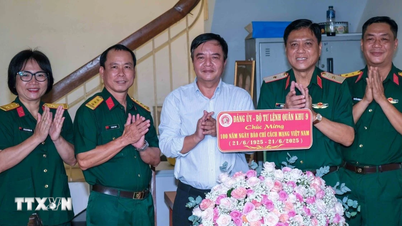

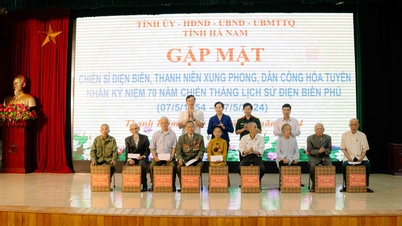





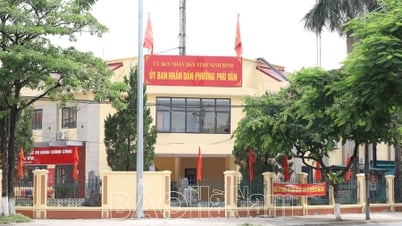
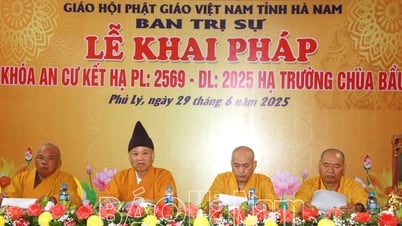
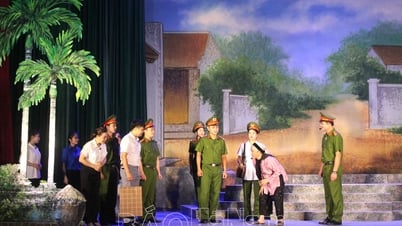
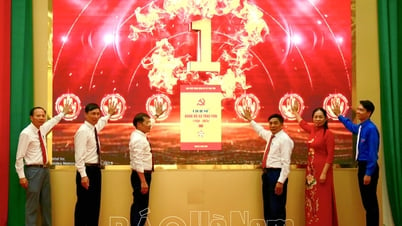



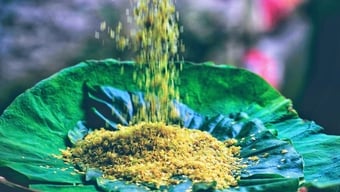

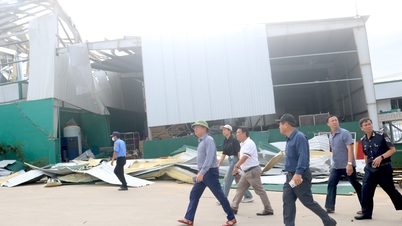








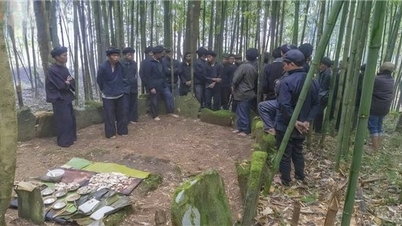




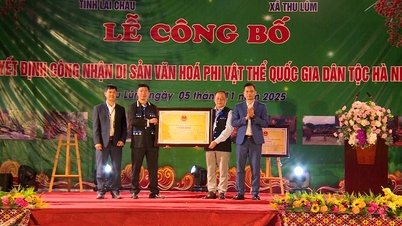

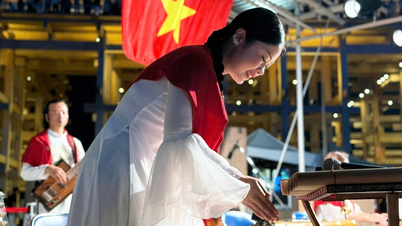

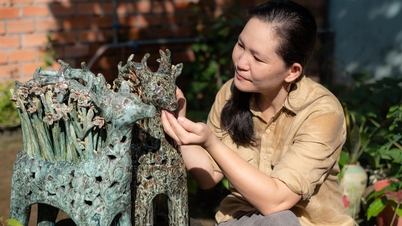

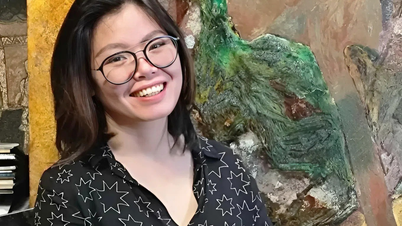


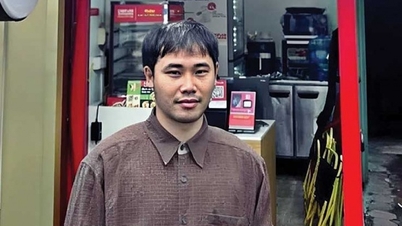




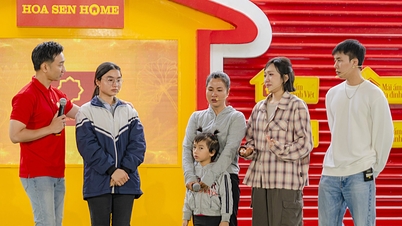











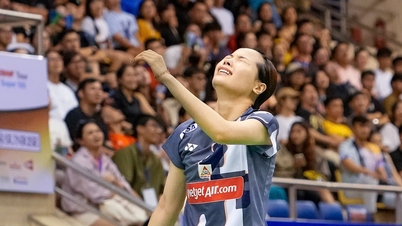
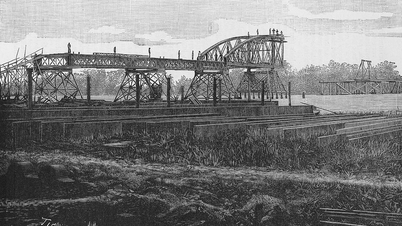

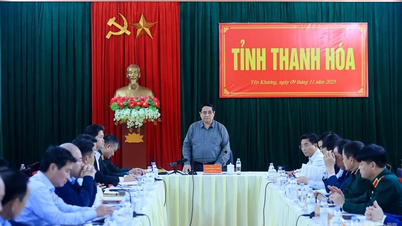




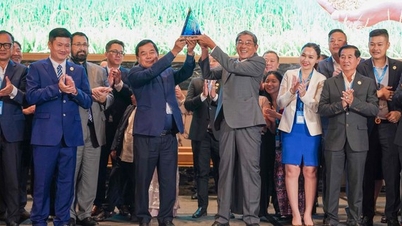


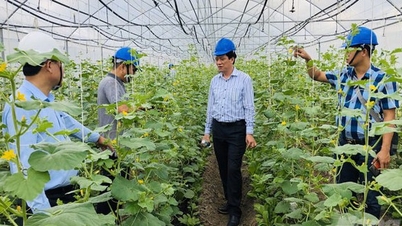


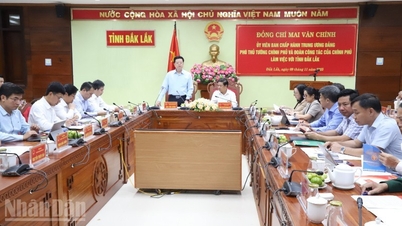



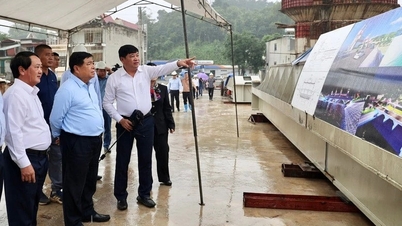






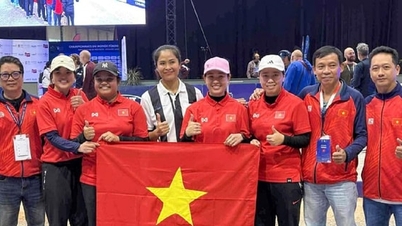



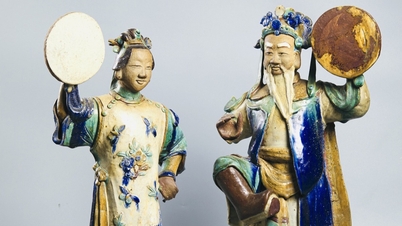



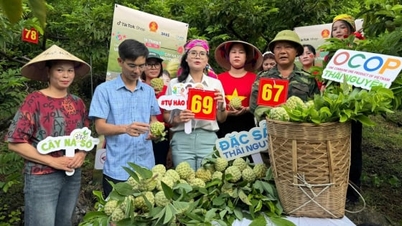





Comment (0)